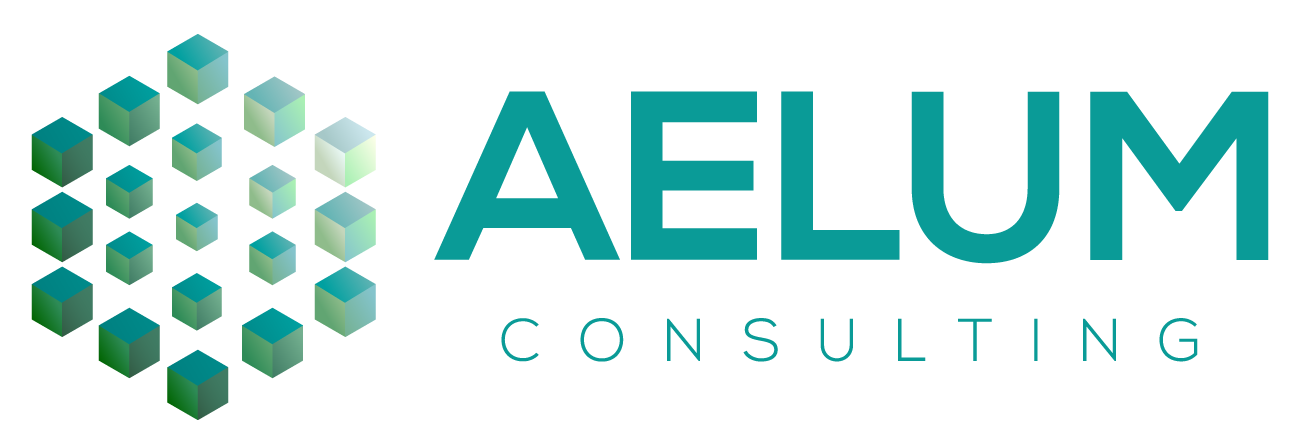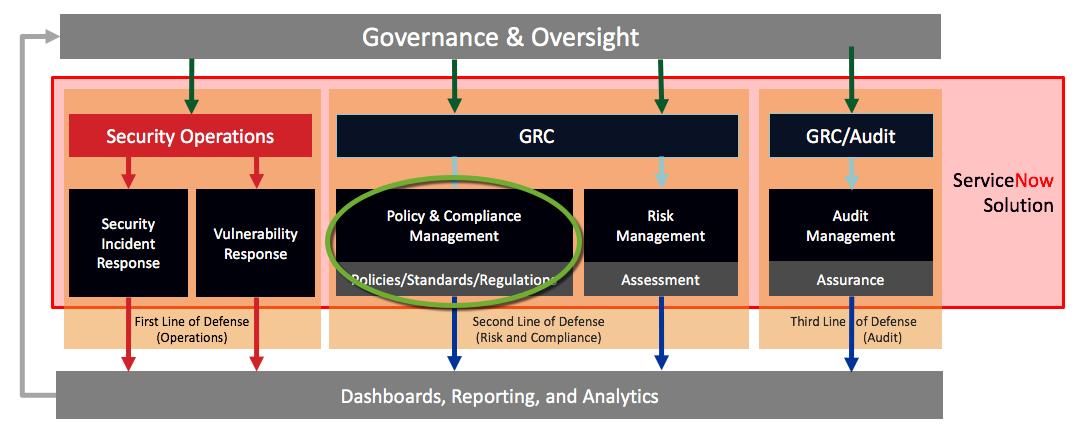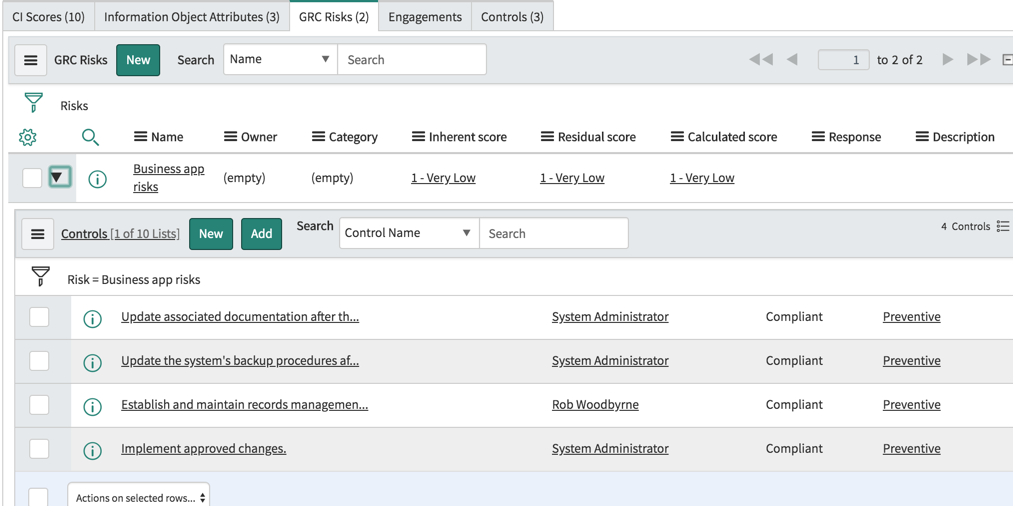What is the Need to Automate GRC?
While your experience may vary depending on the solution you choose, ServiceNow clients who automate Governance Risk and Compliance save an average of 80% on audit fees.
The following are some of the other advantages of automating GRC:
- Saving time by automating highly administrative, repetitive, or difficult GRC tasks, such as evidence collection
- Reducing risks and averting problems through continuous monitoring
- Responding rapidly to business and regulatory changes.
Create a set of business rules
The quality of your GRC application is determined by the business rules you use. Make a list of them and include them in your implementation strategy. The following are some examples of rules you’ll need to define:
- Owners and controls
- Expected outcomes and control tests
- Control and test frequencies
- Threats, consequences, and likelihood
- Crucial suppliers
- Surveys, inquiries, and required evidence for attestations
- Who needs to interact with or view the GRC system’s contents, and why?
- How does your company plan to map reliable sources and policies?
Controls should be rationalized
You’ll need to examine and justify your controls on a regular basis as your business and risk profile change. Ask the following questions about each of your controls as part of this process:
- How can this control help me achieve my company goals?
- Does this control work to prevent or detect risk?
- Is there another control I can implement to further secure my company?
- Can I implement a control that minimizes process overhead and enhances IT efficiency while simultaneously limiting risk?
- Is it possible to replace a sophisticated control with a simpler, more effective control?
Consolidate your control systems
You’ve probably noticed that there are common, repetitive controls if you’re obliged to operate controls across several regulatory bodies or frameworks (e.g., SOX, HIPAA, GDPR, and PCI). Despite this, most organizations continue to approach each legislation or framework as if it were its own set of controls, conducting multiple audits, redundant tests, and redundant evidence collection operations. Each year, these different activity streams cost your organization thousands of hours of work and a lot of money in auditing costs. Establishing a single consolidated set of controls is a better and less expensive option. You can test a shared control and demonstrate that it fits the requirements across several regulatory and best practice frameworks by cross-mapping controls.
Define what matters
Controls are supposed to keep the things we care about safe. Controls are applied to everything, regardless of importance, when firms don’t identify what is important (or what’s in and out of scope). As a result, your organization will be burdened with a great deal of superfluous work, as well as deficiency noise that will divert attention away from genuine threats.
Determine the Risks
Identifying your risks, as well as the consequences and chance of those risks occurring, will help your company focus on the correct things. It can also assist you in determining the exact business consequences of a failed control. When resources are limited, risk identification can assist you in prioritizing your control testing and remediation operations.
Begin from small
Large-scale, sophisticated implementations that take months to complete rarely fulfill their objectives. This is true not only for Governance Risk and Compliance implementations, but also for technology implementations in general. They are frequently strained by resource exhaustion, competing business demands, and the difficulty of maintaining day-to-day operations while working on a complex project.
Create a Governance Risk and Compliance roadmap with your implementation partner that allows you to add GRC features in between audit cycles to reduce business impact. This method also offers the advantage of incremental technological adoption, which leads to higher adoption rates.
Consistent monitoring should be a goal
Continuous monitoring allows you to spot control flaws as soon as they occur and start correcting them right away. To put it another way, you can detect problems early on and prevent them from becoming more serious. This lowers your overall risk and the amount of effort required to stay compliant.
If you follow these simple steps, you’ll have a Governance Risk and Compliance system that scales with your organization, saves compliance costs and resource requirements, increases operational efficiency, controls risk, and gives real-time insight into your whole GRC program.
To Discover more: Read our Blogs: https://staging.aelumconsulting.com/popular-blogs/
For ServiceNow consulting and implementation, Visit Our Website & Connect With Best ServiceNow Experts: https://staging.aelumconsulting.com/servicenow/
Thanks For Reading
Read More on Aelum Blogs
Author: Rati Kumari Jha
Designation: Technical Content Writer










